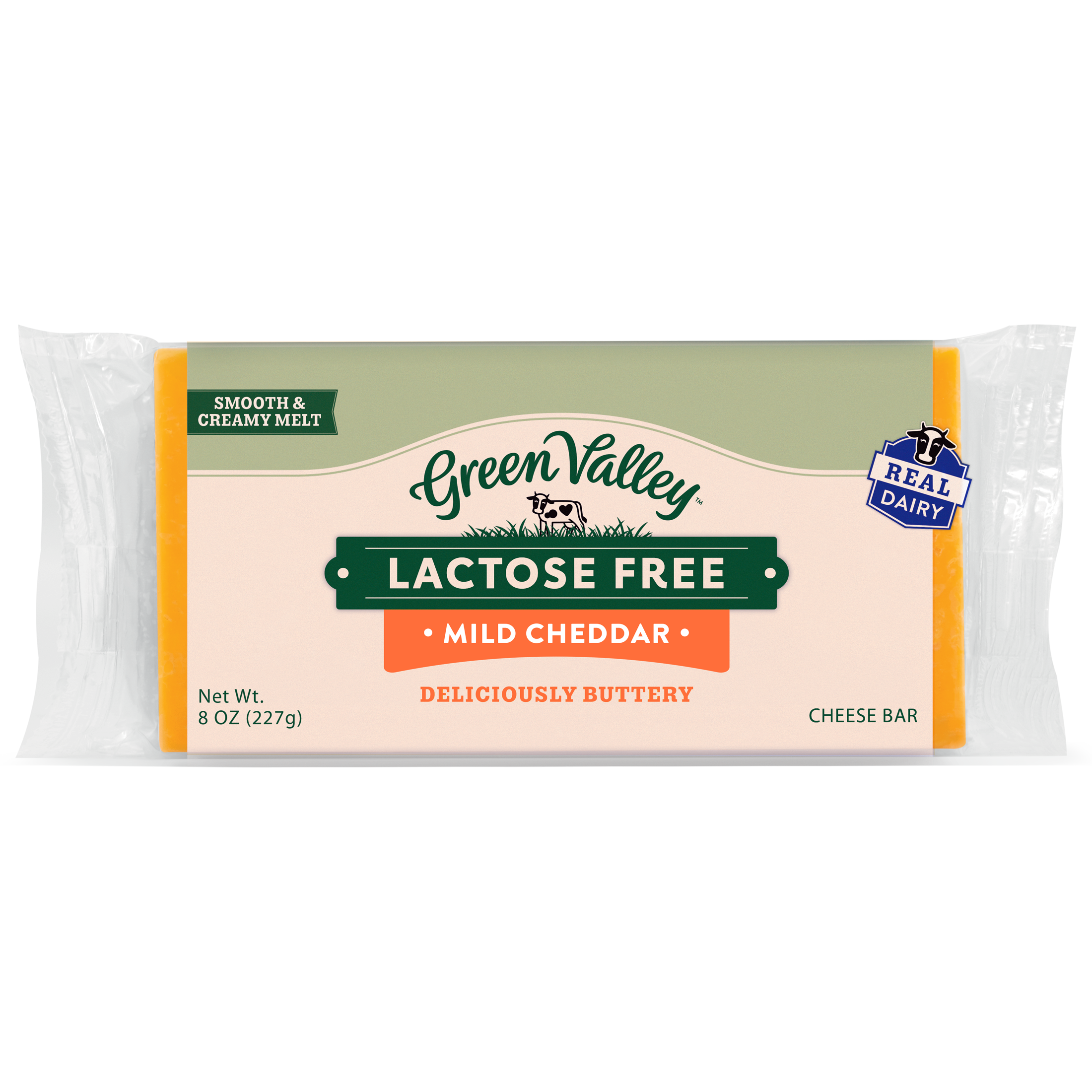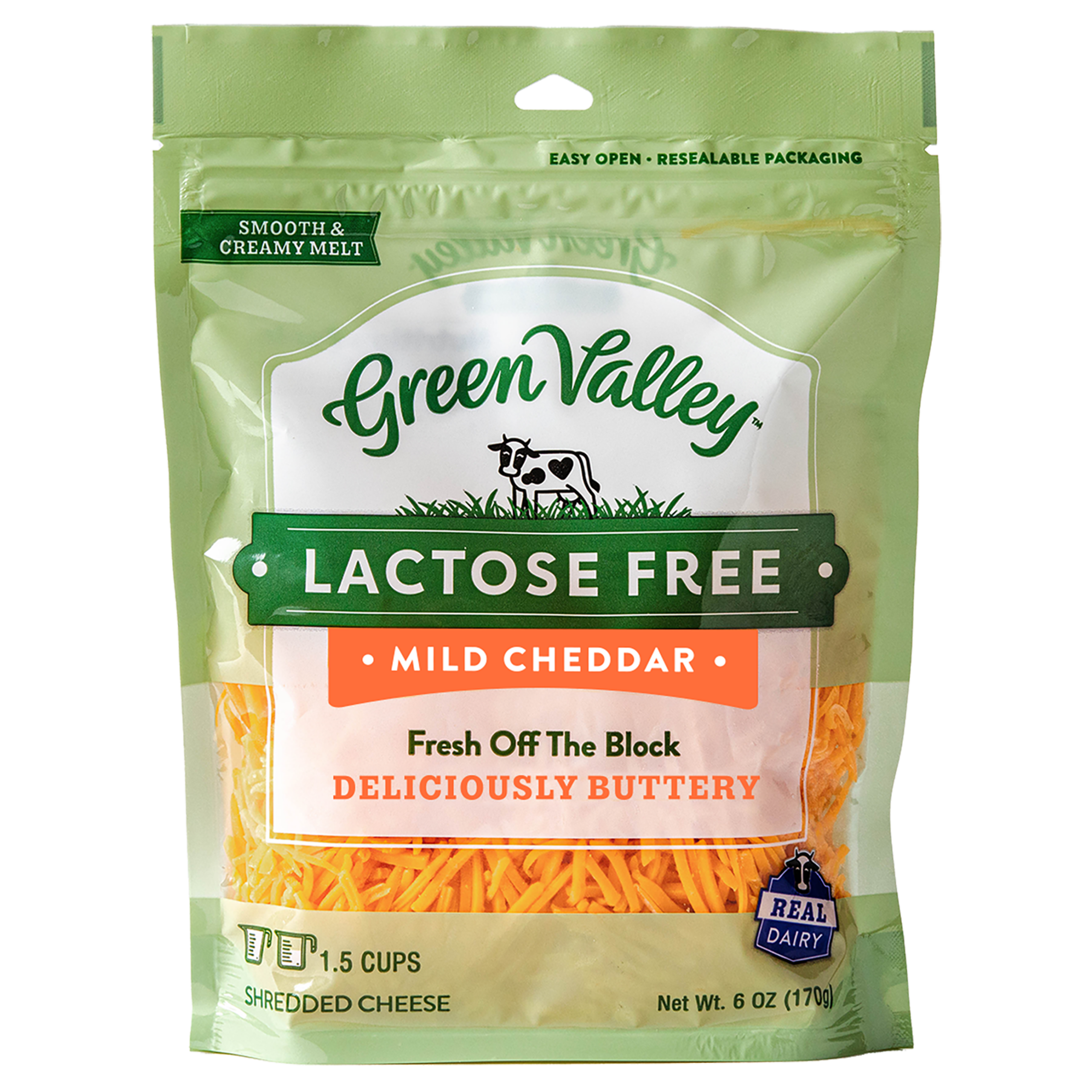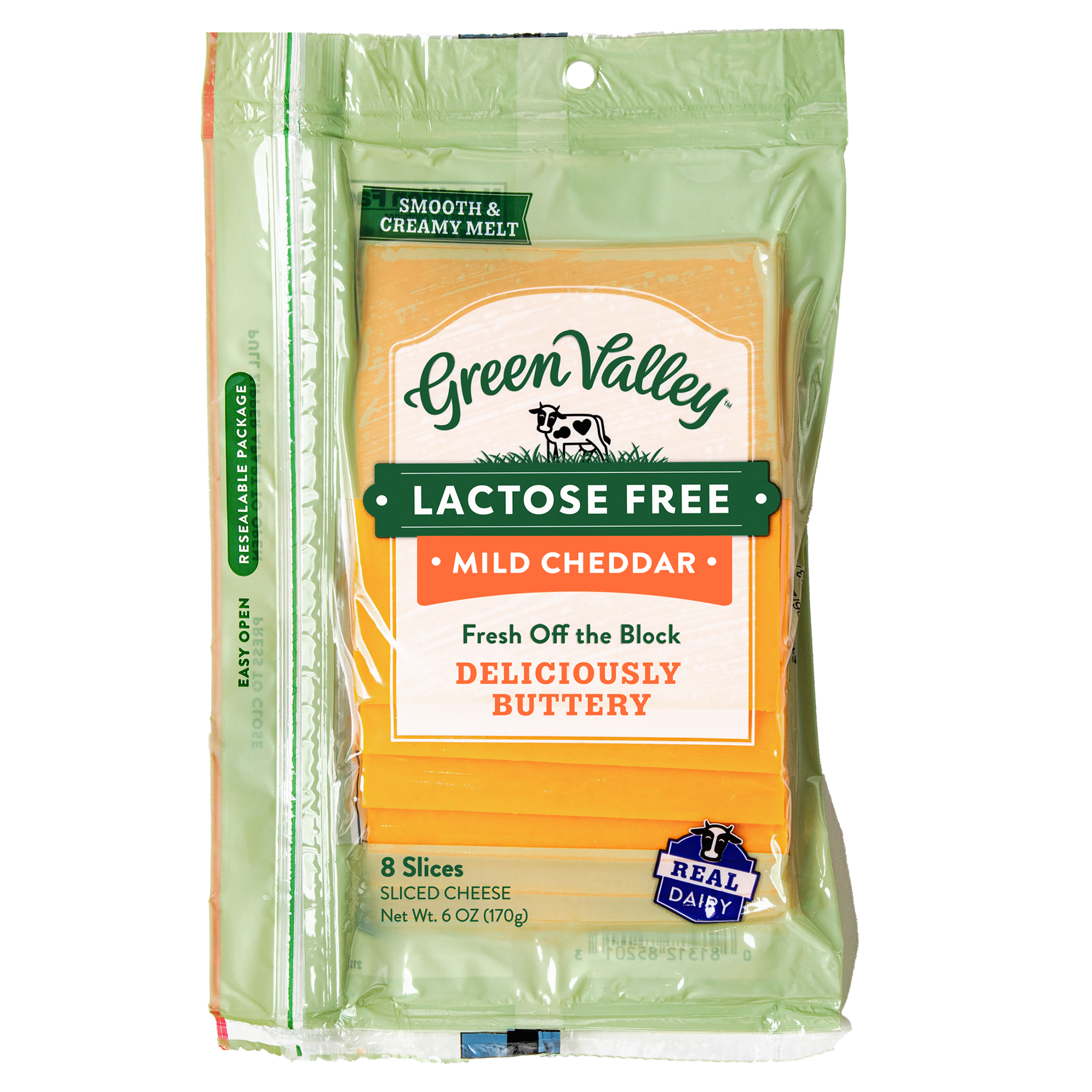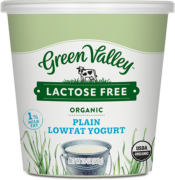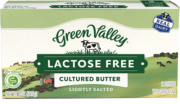Lactose is the name of naturally-occurring milk sugar. The name comes from lac or lactis, the Latin word for milk, plus the ‘-ose’ ending to name sugars. Lactose is found in milk from mammals: from human breastmilk to cow’s milk and every kind of milk in between. Since lactose is found in milk, it’s also naturally present in a variety of milk-derived dairy products, though the amount of it varies by the method of production and processing.
Lactose is a type of sugar called a “disaccharide,” meaning it’s composed of two simple sugar molecules chemically bound together – glucose and galactose. Humans cannot absorb this double sugar when it’s intact, so in order for us to digest lactose, our bodies need to break that bond between the single sugar molecules so that they can be absorbed individually.
The lactose disaccharide molecule is naturally broken into their simple sugar parts by an enzyme called lactase, present in the digestive system of people who are tolerant to lactose. Once the enzyme breaks the bond of the double-sugar lactose molecule, glucose and galactose are easily absorbed.
When lactase is not sufficiently present in the gut, it remains undigested as it enters the large intestine. Here it interacts with natural bacteria and ferments, creating the uncomfortable symptoms of lactose intolerance.

